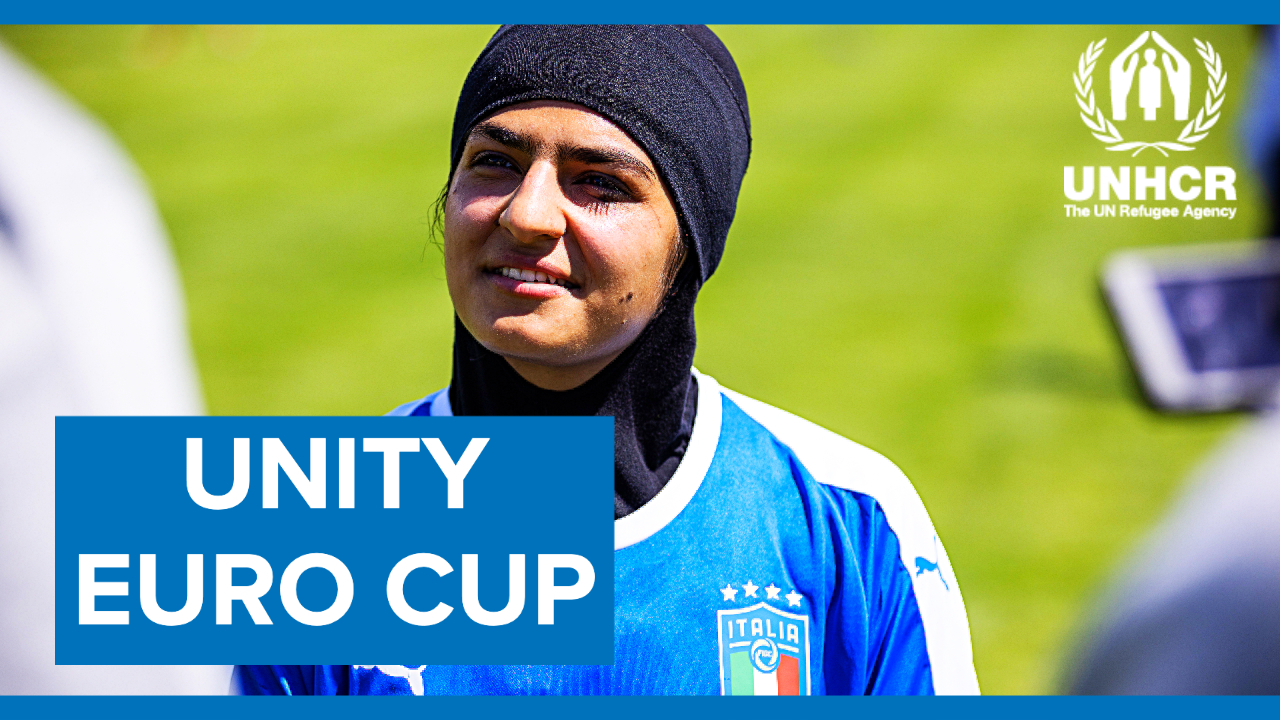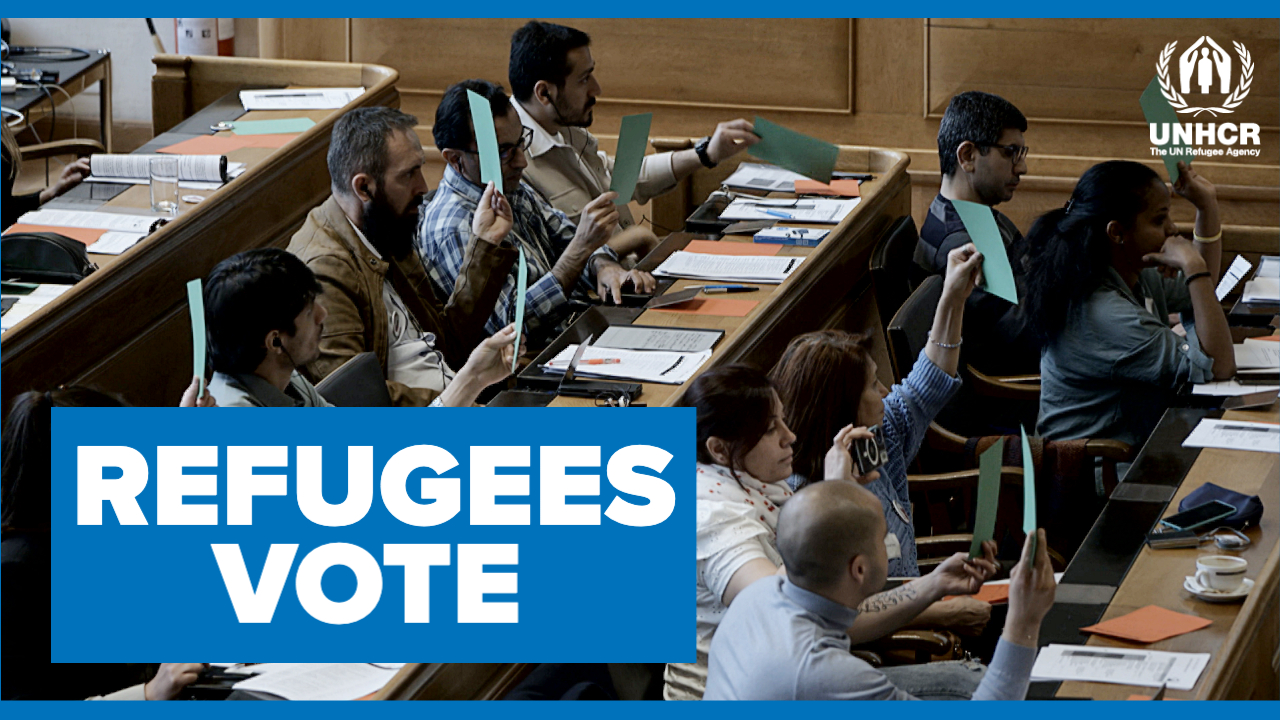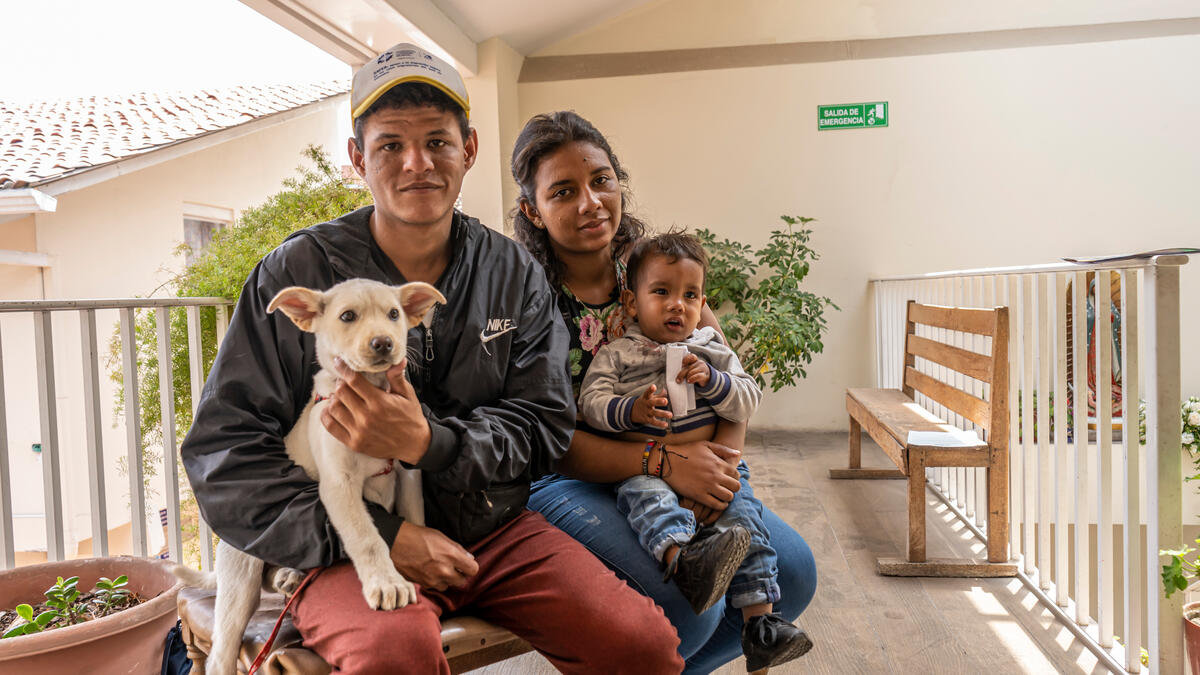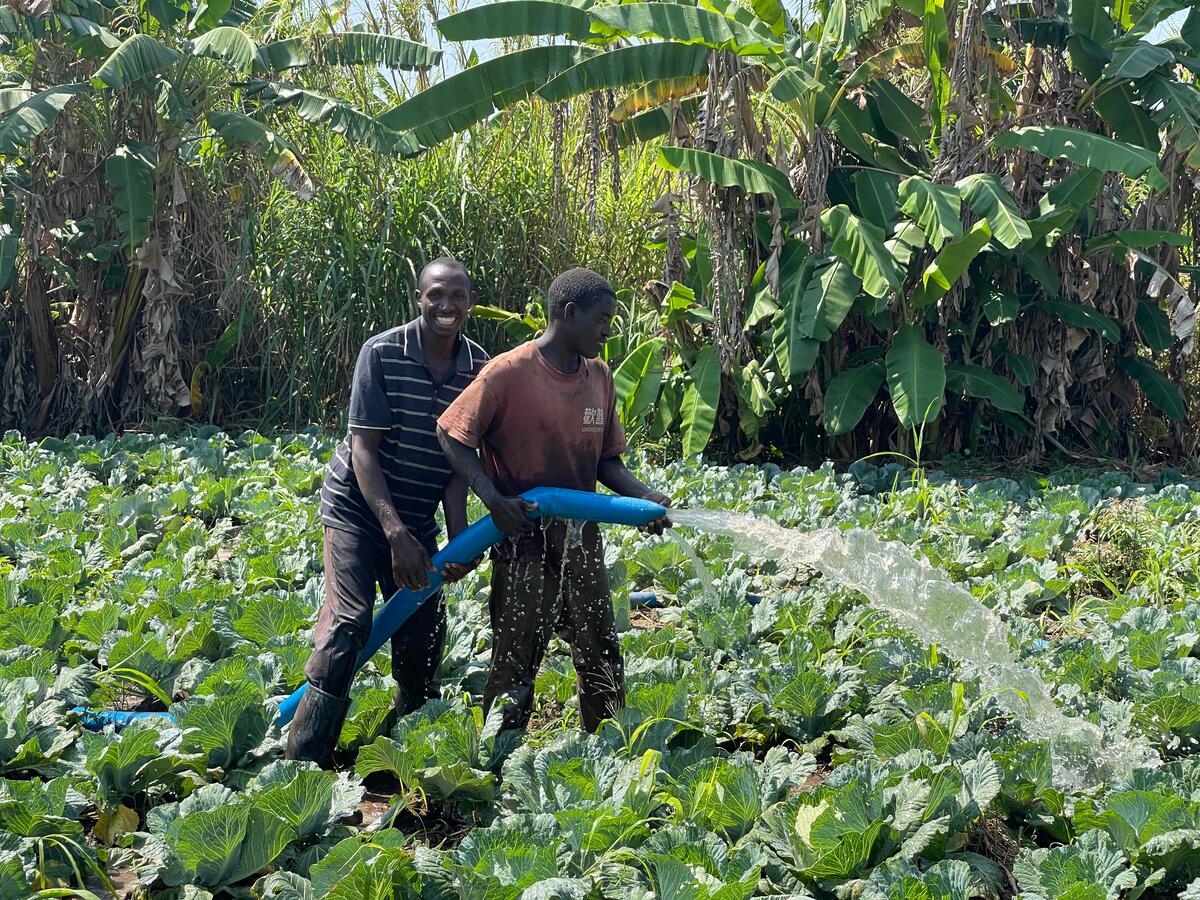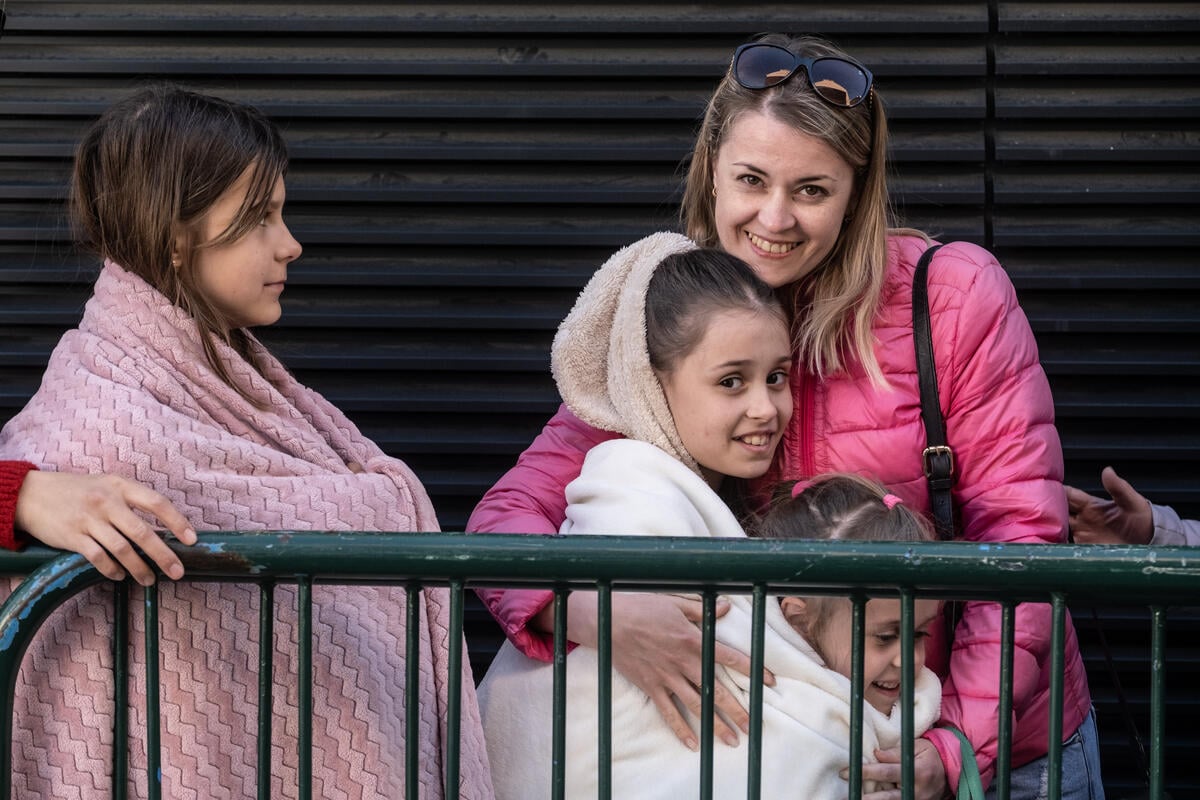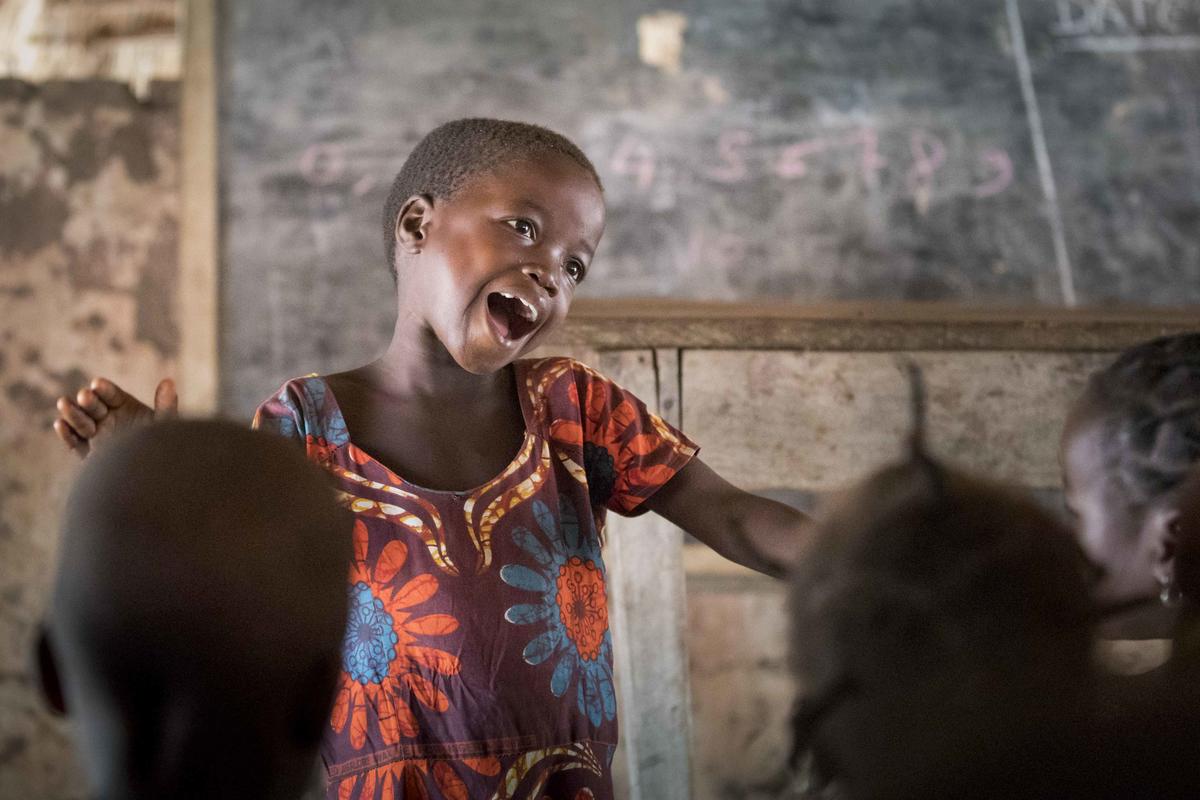Wim Wenders inspired by integration model set by idyllic town in Calabria
Wim Wenders inspired by integration model set by idyllic town in Calabria
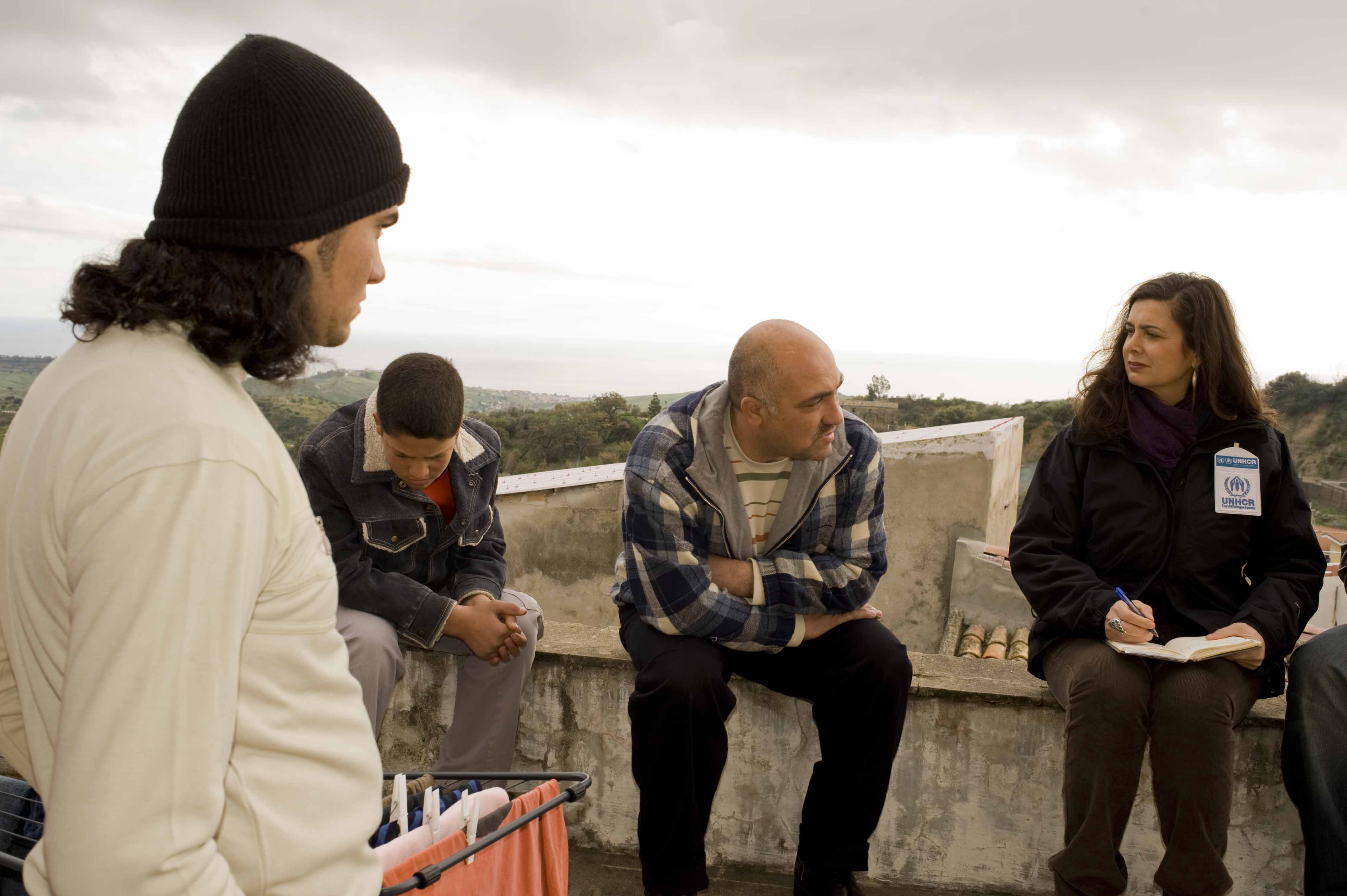
ROME, Italy, March 22 (UNHCR) - The picturesque Calabrian hilltop town of Riace on the sole of southern Italy seems to have a lot going for it; glorious weather, fields of fruit, mountain scenery, great food and the nearby Mediterranean.
Yet, in the 1970s and 1980s, people were leaving the region in droves and heading to northern Italy, other parts of Europe and even further afield, unable to earn a decent living back home. Riace was well on its way to becoming a ghost town. There were hardly any shops, the last bar had closed, nobody was working in the fields and there weren't even enough children to fill the local school.
Fast forward to today and the town is thriving, its solid stone houses echoing with laughter and happy voices, its mediaeval streets busy with artists, traders and tourists. But many of Riace's 1,700 inhabitants are not even from Italy.
Much of the credit for the turnaround in the fortunes of Riace goes to Domenico Lucano, who, working with UNHCR, has set an example of how integration can work in a country under fire for its tough immigration policies. Mayor Lucano came up with the brainwave of repopulating the town with irregular migrants, refugees and asylum-seekers from countries such as Afghanistan, Eritrea, Iraq, the Lebanon and Somalia.
It's a story that has enchanted German film director Wim Wenders, who has made a half-hour documentary drama about Riace shot in 3-D. The premiere of "Il Volo" (The Flight) was held in Rome on Friday with the support of UNHCR, whose regional representative, Laurens Jolles, attended. "The film portrays refugees and migrant workers in a much more positive light," said one person who attended the screening.
Wenders, whose work includes the award-winning film "Paris, Texas" and the "Buena Vista Social Club" documentary, had first come to Reggio Calabria in September last year to film a short fictional story about migration in another nearby town, Badolato.
But he changed his mind after meeting some refugee children - three Roma brothers from Serbia and a nine-year-old Afghan boy called Ramadullah - who were living in Riace. Wenders decided to make something a bit longer, which would tell their story and that of the mayor and his vision for the town.
"I realized I was more attracted to the children's stories than to the one I was shooting," said Wenders, adding that real "people are always more important than fiction." The result is a moving documentary drama that could help people to understand the reality of immigration and how foreigners can contribute to Italian society.
Lucano, the courageous mayor, recalled how the transformation of Riace began 12 years ago. "A boat carrying some 250 Kurds [men, women and children] was brought by the wind to our shores," he said, referring to a boatload of people who had probably set off from North Africa in the hope of reaching Europe. "At the time, Riace was dying," he added.
The Kurds had landed close to the spot where a scuba diver in 1972 discovered the so-called "Riace bronzes" - two exquisite full-size statues of bearded Greek warriors - and briefly put the area on the map. "The wind has brought us a special cargo, and who are we to turn it away," Lucano thought at the time, reasoning that the refugees were simply following in the footsteps of Greeks, Arabs, Normans and other past visitors.
Lucano set up an association, Città Futura (City of the Future), which began offering migrants, refugees and asylum-seekers free board and lodging as well as electricity in Riace's empty houses so long as they agreed to work for a living and learn Italian. "The Kurds [eventually] went to Germany, but left their mark," Lucano noted. "Riace opened its doors to Eritreans, Ethiopians, Afghans and schools were able to reopen."
The newcomers have been repaying the faith shown in them by helping to revive the fortunes of Riace. The women make handicrafts while their men are involved in construction and opening shops; both are helping to bring in the tourists, who can now stay in renovated town centre buildings.
Today, about 250 of Riace's 1,700 citizens are foreigners. They include many Palestinian refugees resettled recently in Italy with the help of UNHCR after spending years living in dusty Al Tanf camp in the no-man's land between Iraq and Syria.
Meanwhile, Laura Boldrini, UNHCR's spokesperson in Italy, said the refugee agency was happy to support the example being set in Riace and other nearby towns. She also praised Wenders' film, saying that Il Volo was "a tremendous tool for awareness-raising that upholds a model of cohabitation based on exchange and mutual interest, both for refugees and for the development of local communities."
By Federico Fossi in Rome, Italy


